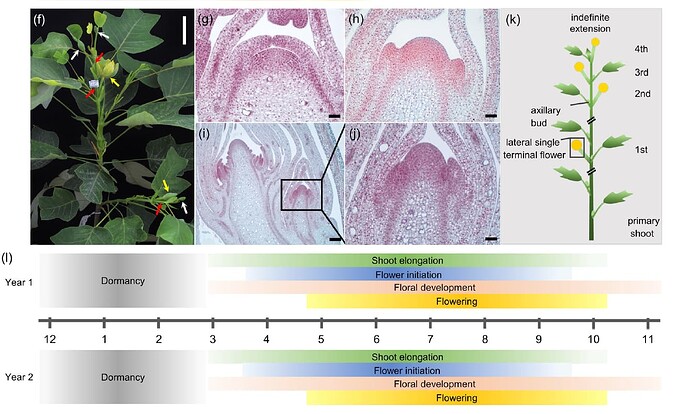To improve efficiency in breeding with rugosas and species roses, I plan to add RoKSN genotyping in my breeding work. Before starting the lab works, I have several questions:
- I plan to order primers from these articles
Kawamura, K., Ueda, Y., Matsumoto, S., Horibe, T., Otagaki, S., Wang, L., Wang, G., Hibrand-Saint Oyant, L., Foucher, F., Linde, M., & Debener, T. (2022). The identification of the Rosa S-locus provides new insights into the breeding and wild origins of continuous-flowering roses. Horticulture research, 9, uhac155. https://doi.org/10.1093/hr/uhac155
Soufflet-Freslon, V., Araou, E., Jeauffre, J., Thouroude, T., Chastellier, A., Michel, G., Mikanagi, Y., Kawamura, K., Banfield, M., Oghina-Pavie, C., Clotault, J., Pernet, A., & Foucher, F. (2021). Diversity and selection of the continuous-flowering gene, RoKSN, in rose. Horticulture research, 8(1), 76. https://doi.org/10.1038/s41438-021-00512-3
Bai, M., Liu, J., Fan, C., Chen, Y., Chen, H., Lu, J., Sun, J., Ning, G., & Wang, C. (2021). KSN heterozygosity is associated with continuous flowering of Rosa rugosa Purple branch. Horticulture research, 8(1), 26. https://doi.org/10.1038/s41438-021-00464-8
Anyone have any experiences on these primers? Is it able to repeat the result using the information from the source above? And any other primer sets or sources proved reliable?
-
Many roses with good reblooming, like some Hybrid Musks and Noisettes, are proved not homozygous of ksn^copia or ksn^null. So I think that roses with homozygous MUST be reblooming ones, but ones with heterozygous of ksn and KSN can be once blooming to any degree of reblooming based on other genes, genetic background or other factors. Does it sounds reasonable?
-
Almost all typical rugosa roses are not homozygous of ksn, many of them are reblooming (perhaps based on KSN^A181 genotype). I have a hybrid rugose seedling with juvenile blooming (or almost) and good reblooming like an HT, but about a dozen of its siblings provide only vegetative growth this year. All of them are impossible to be homozygous in ksn in theory according to their parents. So it is meaningful to create a rugosa with homozygous ksn to improve reblooming? Anyone have any experience on that?
-
Is there any hybrid rugosa varieties can provide seedlings with juvenile blooming according to your experiences?
I know discussing such topics might be boring, but I really need such help. If I can get any result, I’m glad to share if helpful.
